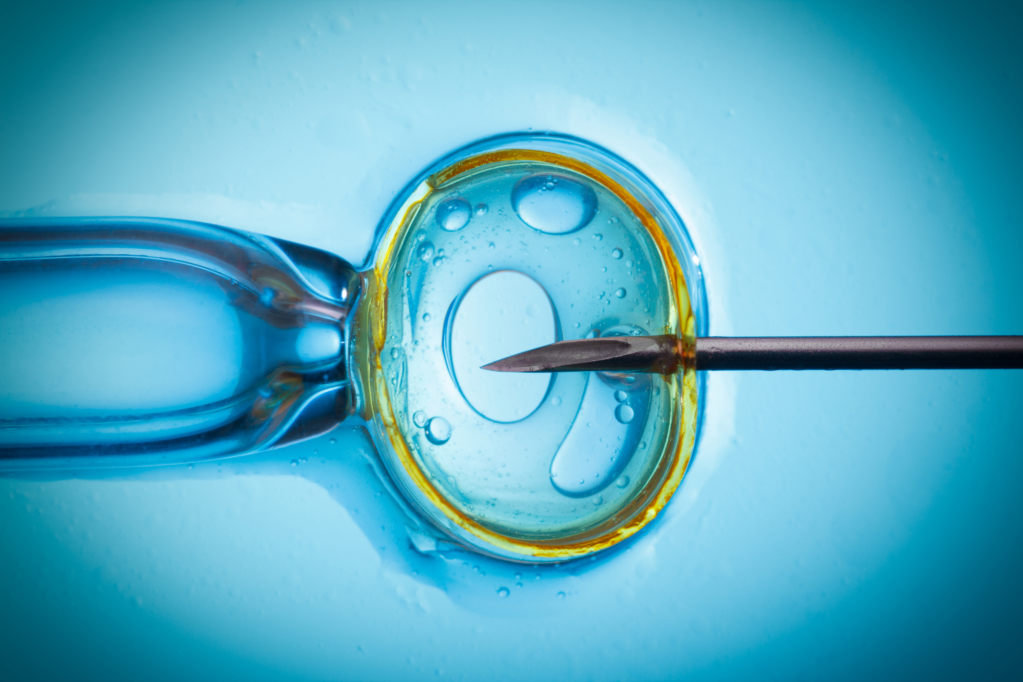In vitro fertilization
There are two basic types of in vitro fertilization – IVF, classic method of IVF and ICSI. The decision of which of these two procedures will be applied in the treatment of infertility, depends on the number and quality of eggs, as well as the quality of sperm (their number, morphology and motility). Regardless of the laboratory procedure of merging egg and sperm implemented, the preparatory phase, which is a process of controlled ovarian stimulation, is the same.
IVF program involves several steps:
- program evaluation
- Suppression of the pituitary agonists or antagonists of gonadotropin releasing hormone (GnRH)
- ovulation induction
- clomiphene citrate
- human menopausal gonadotropin (hMG)
- purified or recombined follicle-stimulating hormone (FSH)
- Encouraging the act of ovulation (trigger), human chorionic gonadotropin (hCG) or GnRH agonists.
After that, the doctor approach to aspiration of oocytes from matured follicles and in the lab, embryologist fertilize oocytes with previously pretreated sperm. Thus, the fertilized eggs are cultured to the stage 4- or 8-cell embryo or, when access is gain to the blastocyst embryo transfer (ET) in the uterine cavity.

Indications for IVF are:
- Decreased sperm count
- Poor sperm motility
- Loš kvalitet sperme
- The sperm that lack the ability to penetrate the egg
- Idiopathic infertility (of unknown, namely, undiscovered cause)
- In previous cycles of IVF has been no fertilization (fertilization).
IVF-ET procedures may be carried out and in the spontaneous ovulatory cycles, without the method that includes hormone treatment or minimal stimulation. Aspiration of immature oocytes from the follicle, size 10 - 12 mm, specifically in patients with PCOS syndrome, is the latest form of IVF methods. This type of fertilization is labeled in vitro maturation (IVM) and involves extraction of eggs from the ovaries and maturing them outside the female without hormonal stimulation. Performance of this method was only 8.5% - 10%, in contrast to the hormone-stimulated cycles where the performance ranges of as much as 40% to 50%.






